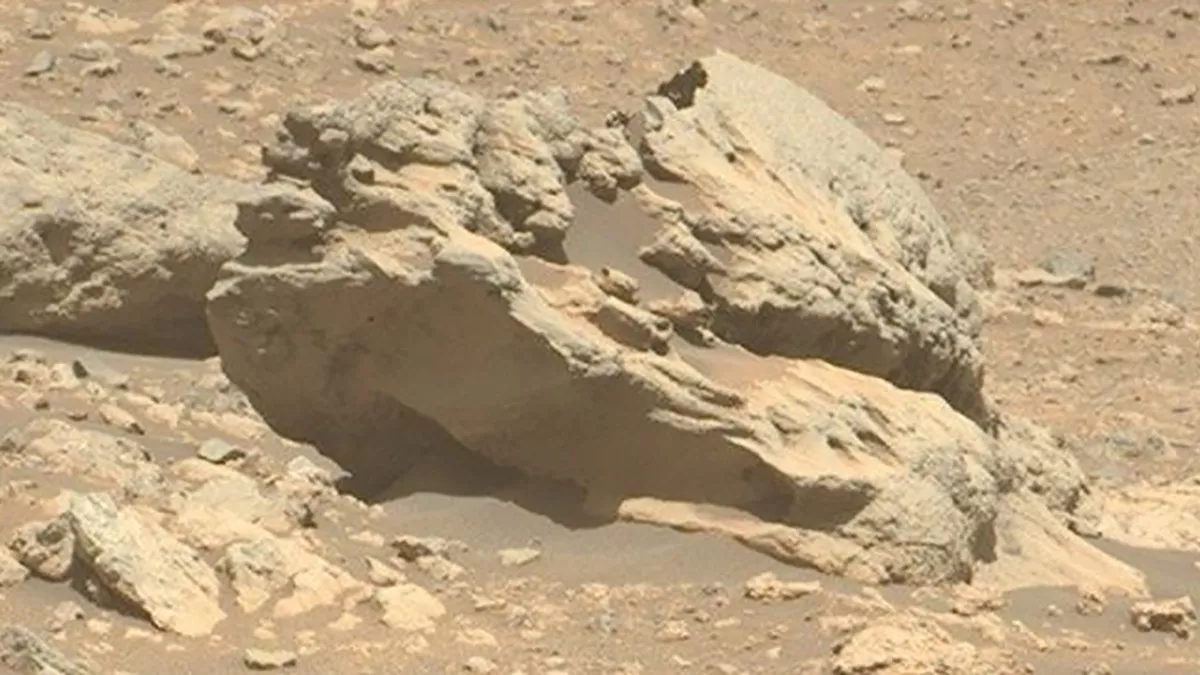NASA rover spots unusual iron-nickel rock on Mars
NASA’s Perseverance rover has identified an unusual rock on the surface of Mars that scientists believe may be an iron-nickel meteorite — a type rarely found on the red planet. The discovery was made more than five years into the rover’s mission, as it continues to survey the Jezero Crater region.
The 80-centimetre-wide rock, recently named Phippsaksla, was spotted in the Vernodden area of the crater. NASA released two images showing the object both in close detail and at a distance. Researchers immediately noted that it stands out visually from surrounding formations, appearing larger, taller and more sculpted than nearby stones, Science Alert writes.

What drew further attention was the rock’s chemical composition. Using its Mastcam-Z imaging system and SuperCam instrument — which includes lasers and spectrometers — Perseverance measured unusually high levels of iron and nickel. Such a makeup is typical of iron-nickel meteorites, which originate from the cores of large asteroids formed in the early Solar System.
These heavy-metal meteorites are far less common than stony meteorites and have been documented previously on Mars, though Perseverance itself had not encountered one until now. Scientists say more detailed analysis will be needed before confirming its true origin, but the evidence so far points strongly toward an extraterrestrial source.
If verified, the find would mark another milestone for Perseverance, which is the first Mars rover capable of drilling and collecting rock samples. Its onboard laboratory enables scientists to examine Martian materials in detail and determine how they formed.
Should NASA choose to retrieve samples of Phippsaksla for study on Earth, the material could be stored on the rover for future collection. Perseverance, however, cannot return samples independently; a separate spacecraft will be required to transport them back as part of a future mission.
Since landing in February 2021, Perseverance has travelled through ancient lakebeds and sedimentary regions, documented volcanic formations and gathered evidence suggesting Mars may once have supported microbial life. It also holds the record for the longest distance driven on another planet.
With no fixed end date for its mission, NASA expects the rover to continue exploring new terrain and identifying scientifically valuable rocks. The possible meteorite adds to a growing catalogue of discoveries contributing to a deeper understanding of Mars’ geological history and the broader evolution of the Solar System.
By Sabina Mammadli








